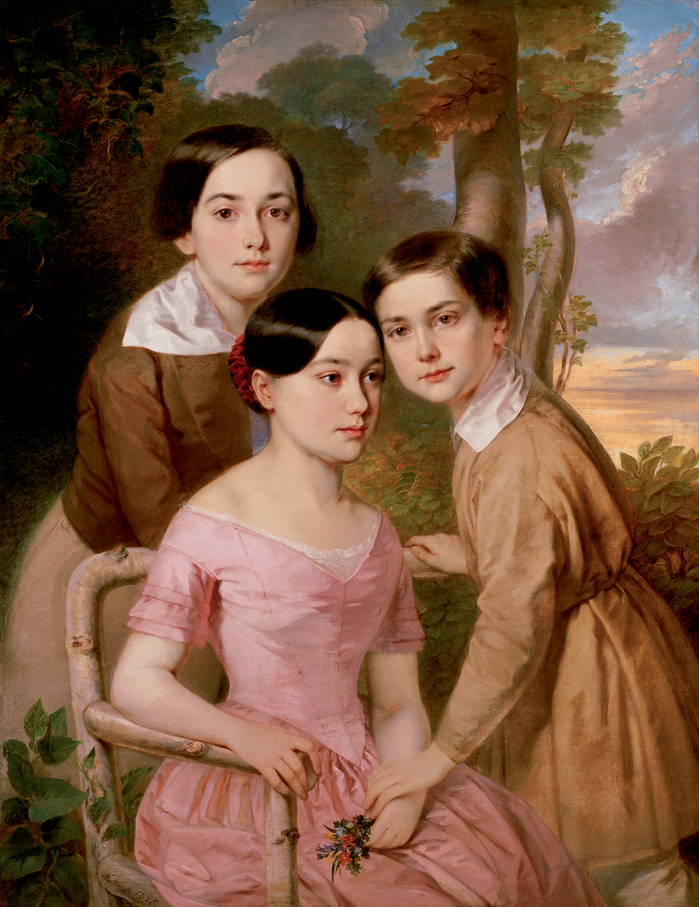Kozina
Sándor
(1808 - 1873)

Csatkai, Endre: Kozina Sándor, elfeledett magyar, biedermeier festő. Művészettörténeti Értesítő, 1970. 1. pp. 34.
Művészet Magyarországon 1830–1870. I-II. Budapest. 1981. II. 42. ill. 342.
Szabó, Júlia: A XIX. század festészete Magyarországon. Budapest, Corvina. 1985. pp. 166. ill. 124.
A Kovács Gábor-gyűjtemény / The Gábor Kovács Collection. Ed.: Fertőszögi, Péter – Kratochwill, Mimi. Vince Kiadó, Budapest, 2004. pp. 57.
Múzeum – Körút. Válogatás 150 év magyar festészetéből. Ed.: Fertőszögi, Péter. Budapest, Magyar Nemzeti Múzeum, 2007. ill. 11.
Affinities and Transformations. 18th and 19th-Century Hungarian Paintings in Private Collections. Kovács Gábor Art Foundation, Budapest, 2013., p. 41. [kat. 52.]